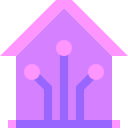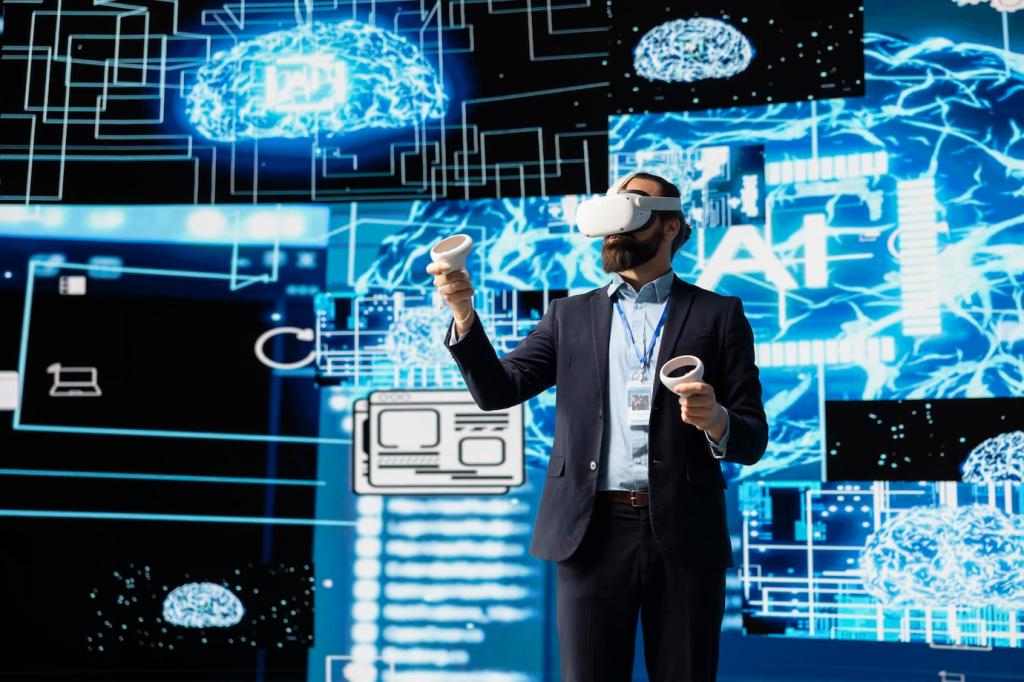
Cutting-Edge Smart Home Solutions of This Year
Explore the transformative landscape of smart home technology as it unfolds this year. Innovations are making homes more intelligent, efficient, and intuitive, enhancing convenience, energy management, security, and personalization. This page presents in-depth insights into the latest solutions redefining the modern living experience for homeowners worldwide.
Voice-Activated Adaptive Control
Voice-activated adaptive control is elevating the user experience beyond simple commands. Modern smart home solutions now leverage contextual awareness and learning algorithms, remembering preferences and analyzing patterns to act proactively. Users can issue complex requests like "set the evening relaxation scene," prompting the system to adjust lighting, music, and temperature in sync with personal tastes. These refined voice integrations also understand multiple languages and nuanced speech, welcoming diverse households into the era of conversational automation.
Unified Multi-Protocol Support
Homes today include devices using diverse communication standards. The latest automation hubs champion true interoperability, supporting Wi-Fi, Zigbee, Z-Wave, Matter, and legacy protocols under a single, intuitive interface. This approach liberates users from proprietary ecosystems, allowing seamless addition and management of devices from various brands. By emphasizing open compatibility, these hubs futureproof the smart home, ensuring that every new device can join the network with minimal configuration.
Predictive Routine Automation
Predictive automation harnesses artificial intelligence to anticipate household needs, minimizing manual intervention. By learning occupants’ schedules, behaviors, and environmental feedback, smart hubs orchestrate routines that maximize comfort and efficiency. From pre-warming rooms before arrival to optimizing lighting and appliance usage according to real-time workflows, these systems tailor the environment for each family member. Over time, they continually refine strategies, delivering an ever-more personalized living experience.
Previous slide
Next slide
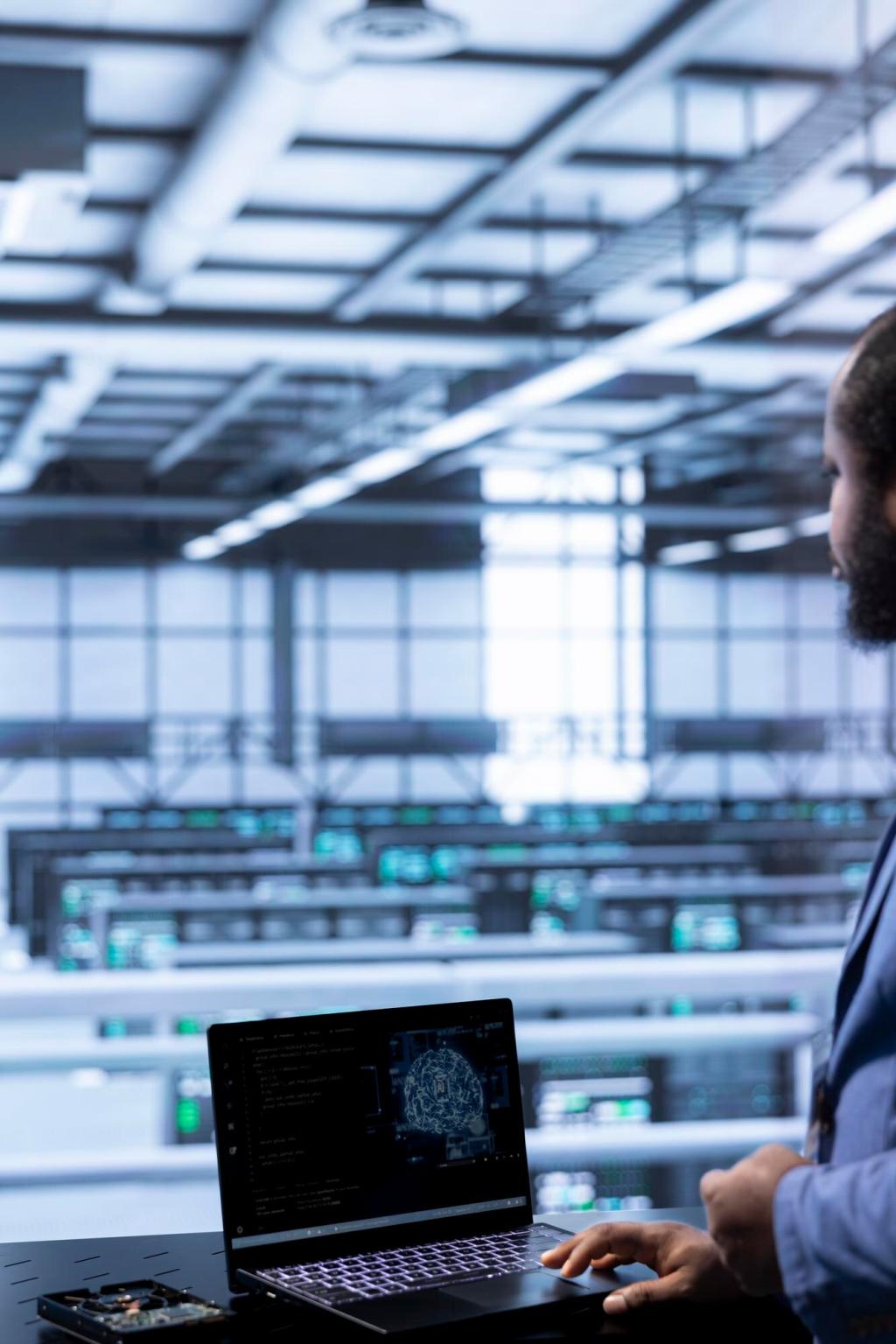
Surveillance cameras powered by artificial intelligence now distinguish between routine and risky activities with remarkable accuracy. These cameras can identify faces, recognize license plates, and classify behaviors such as loitering or trespassing, drastically reducing false alarms. Immediate notifications are sent to homeowners or authorities in the event of genuine threats. With improved night vision and weather resilience, today’s AI cameras provide reliable, round-the-clock protection while maintaining privacy through encrypted footage and customizable zones.

Entry management has evolved with the advent of biometric smart locks, encrypted code systems, and mobile-controlled access. Doors may now unlock via facial recognition, fingerprints, or temporary digital passes sent to guests’ smartphones, ensuring total control over who enters the premises. Activity logs keep detailed records of every entrance and exit, enabling owners to monitor access history securely. Emergency automation features can also immediately lock down the property when suspicious activity is detected, further heightening safety.
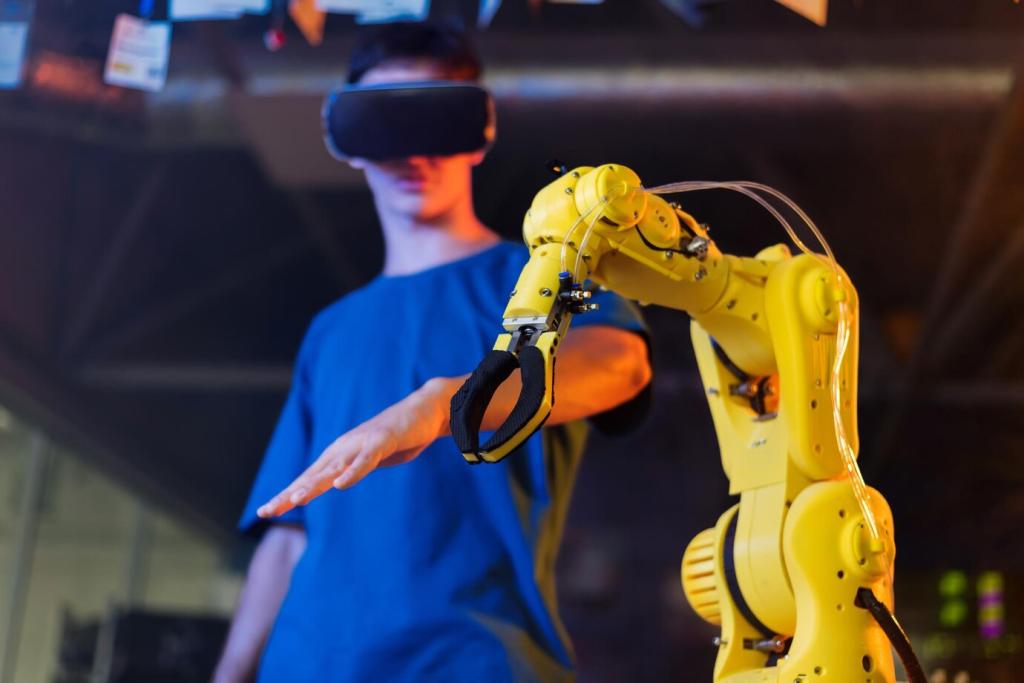
Intrusion detection now goes beyond motion sensors. Modern systems incorporate environmental sensing that monitors for unusual vibrations, glass breakage, and abrupt temperature changes indicative of forced entry. Some platforms integrate with smoke and carbon monoxide detectors, offering comprehensive monitoring and swift responses to emergencies. By coordinating with lighting and audio alerts, the smart home can deter intruders in real time, while instantly notifying both homeowners and emergency services of any critical incident.
Energy-Efficient Smart Living
AI-Powered Energy Monitoring
AI-driven systems now analyze electricity usage in real time, identifying inefficiencies and suggesting actionable improvements. Users receive tailored recommendations—such as optimal times to run appliances or alerts when devices are consuming more power than expected. These insights promote smarter behavioral habits, guiding residents to make informed decisions. Over time, the system learns household routines, automatically adjusting settings like thermostat temperatures or hot water schedules to minimize wasted energy while maintaining comfort.
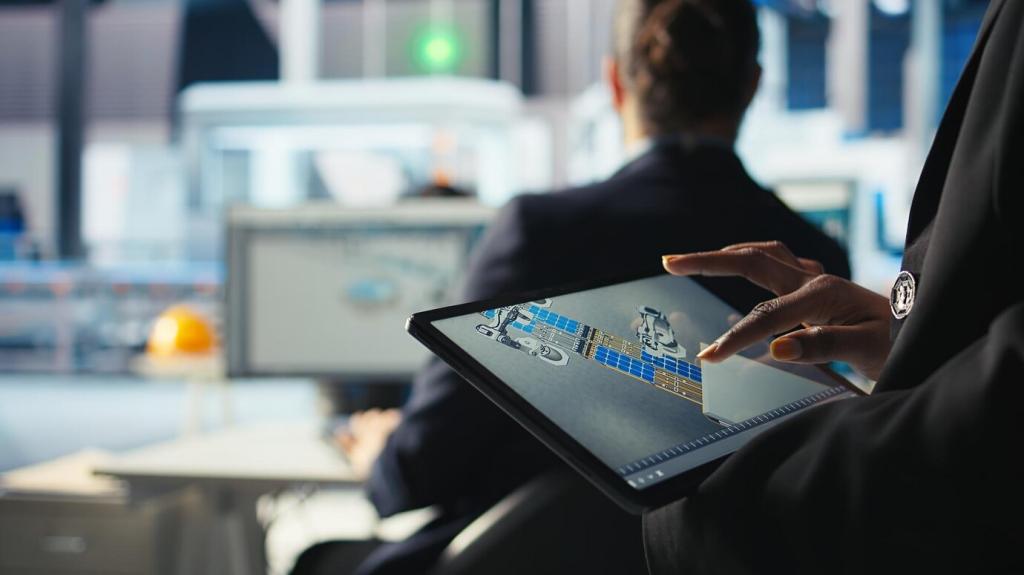

Smart Solar and Battery Integration
Integrating solar panels and battery storage with home automation systems has reached new efficiency heights. Smart inverters and software continuously balance usage between grid power, solar generation, and battery reserves based on current needs and forecasted consumption. Homeowners can track energy capture, usage trends, and backup capacity through unified dashboards. During peak demand or grid outages, the system automatically manages power distribution, ensuring essential functions remain uninterrupted and maximizing renewable energy benefits.
